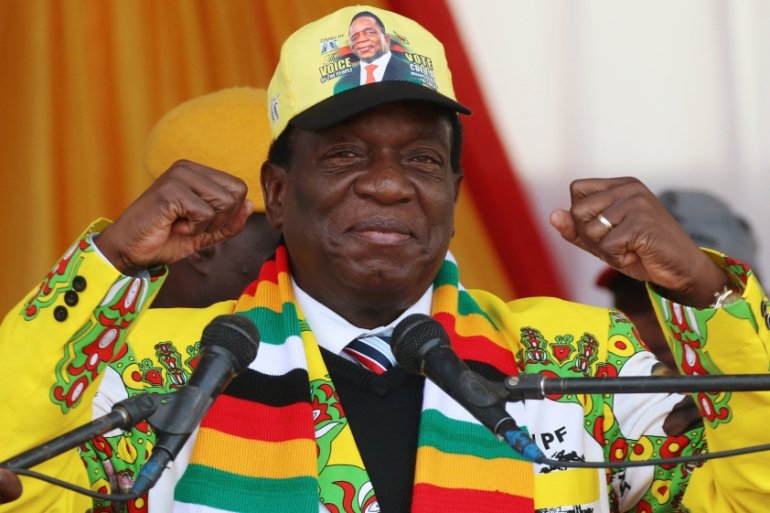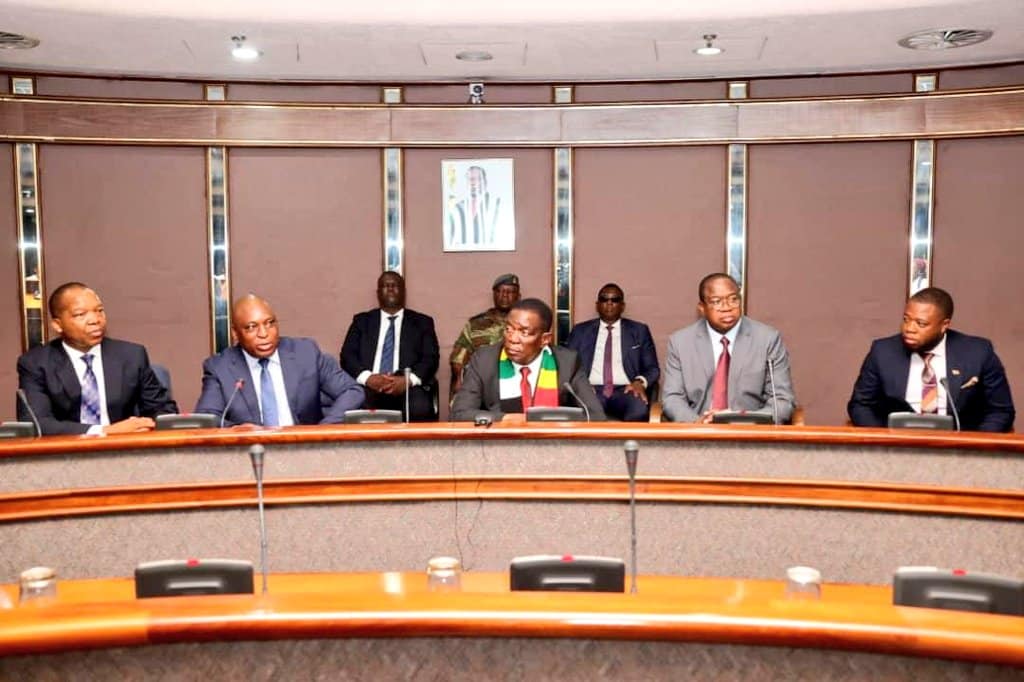By Shingirai Vambe
Another dance in currency stability
In two decades, Zimbabwe has seen its fair share of economic hardship, which seems doomed to sink deeper into financial depression. The devastating consequences are testament to its citizens who remain hopeful, that one day, they will return to Canaan.
For now, the journey is set for five years, having been through austerity measures, and the arrival is not yet on the horizon. It’s another set of measures through policy frameworks. Could it be an adventure with the new Reserve Bank of Zimbabwe (RBZ) Governor, John Mushayavanhu. Or, rather, the Moses of our times?
Either way, it’s not easy.
The current destructive impact of the Government’s failure was borne out most clearly in the hyperinflation crisis of 2008. The pangs of pain and dire poverty were eased by the Government of National Unity (GNU) in 2009. Then, the country dollarized from poor billionaires to using the greenback. Since the end of the GNU in 2013, the country has danced with various currency policies. From the millennium, 2000s have been a turmoil. Success had evaded currency stability. The signature of the man in charge, from Gideon Gono, John Mangudya, and now John Mushayavanhu have used the same notebook. Scrapping the zeros on the existing currency as inflation continues to dig deep in the pockets.
Mangudya introduced the bond note, as change to citizens already transacting in US dollars. Slowly, the bond note became a surrogate currency that every citizen was forced to adopt and use, including parastatals. The bond, the RTGS, was difficult to use, as citizens used the USD in 85% of transactions. The exchange rate did not make it better. Inflation staggered to trade at US$1 against ZWL 42 000.
Unbelievable.
Why change the currency if the exchange and the inflation rate is stable according to RBZ and the Ministry of Finance and Economic Development.
1. To get rid of the zeros
2. To have the signature of the current governor

There is nothing to do with the nation’s trade deficit or surplus over time, but the idea of entitlement, which is creating an unprogressive pattern in the human mind, thus affects personal growth, work dynamics and relationships.
Zimbabweans have had numerous losses over time due to national monetary structures, contributing to less confidence and trust with the country’s banking systems, to that extent, the government had introduced command trading and paying in local ZWL currency.
The American Institute for Economic Research, economist Peter Earle, said the ZiG will be any more of a success than its predecessors. He said there has been fundamental unwillingness of the government to abandon inflationary finance. This came barely a few weeks after his country placed the President, Emmerson Mnangagwa, under sanctions for corruption.
The downfall of the country’s economy has been hugely placed on corruption by leaders of the governing party and their cronies.
Since the introduction of the ZiG, Citizens haven’t been able to trade in a normal way and majority have been robbed, forced to purchase good not of their choices but for the purpose of getting value for their hard-earned money. According to Zimbabwe Statistics Agents, working citizens are going with US $0.66c per day, and every dollar counts.
The new currency has already received a negative response by its users who have likened it with other previous currencies that were not able to purchase fuel or used in foreign trading. The Government of Zimbabwe has put the blame on the citizens, for indiscipline and disregard of the adoption of the local currency owing it the respect it deserves though some section of the society is optimistic of the ZiG currency.
For the past week, despite effort by the authorities to arrest those rejecting the existing RTGS currency, market forces continue rule with majority left with no choice but to bend in line with the current market force which is trading in US dollars.
Due to the global economic challenges and geo-politics, prices of goods and services have also gone up in USD, changing the current inflation figures on the world market, hence the reason to back the currency with the yellow metal, gold prices are not affected by inflation. However, the introduction of Mushayavanhu left citizens puzzled when he said the country’s reserves are at 1.1 tonnes and 0.4 tonnes of other minerals such as diamonds.
The foreign television network, Aljezeera, produced a documentary, The Gold Mafia, with 6 chapters of how the yellow metal is being smuggled out of the country, and the country’s leaders being implicated in shoddy deals. With over 66 minerals discovered in Zimbabwe, the Southern African country remains the poorest with high inflation rates and currencies that are not real money with value, printed to syphon foreign currency from citizens and the private sector for the elites to trade and spend in their extravagant life.

It is not a secret that the majority of money changers in the streets of Harare and other major towns of the country are runners of big government officials. The continuous introduction of local currency has destroyed the well-being of institutions and parastatals, national infrastructure, confidence, and work ethics as the currencies are salaries forced on every civil servant and farmers.
According to reports, key stakeholders such as Confederation of Zimbabwe Industries (CZI), Zimbabwe National Chamber of Commerce (ZNCC), Confederation of Zimbabwe Retailers (CZR) to mention just a few, have welcomed the new currency knowing their members cannot trade with it and they are on 100 percent use of the US dollar.
Former Minister of Finance and legislator, Tendai Biti said the currency is destined for failure as it is established on an uneven ground where the government over print and spend the money on little things being imported into the country.
“The country is not producing anything while spending too much on a few good in the market, causing scarcity, high demand, and the increase in prices,” said Biti.
The ZiG is not yet in the market, citizens are anxiously waiting to see its color, texture. Others are waiting to get their street market rate against the dollar, while others wait for easy access to change and use on little items in the market.
Econet, the ecocash money transfer platform was the first to update its system while Netone and Telone are still in the process of converting to ZiG. Supermarkets and other institutions are still struggling with the change over, which is left with a few weeks to completely change.
For a country that had over 8 currency rates, depending on the currency and platform used, the nation remains hopeful that this time, the new ZiG will work. We have one country we know, and we remain hopeful that the treatment works. The majority of us are an ill nation, with no savings and investments. The majority of pensioners wallow in abject poverty, yet their contributions were netted in strong currency.
The vagaries of the economic turbulent see eyes fixed on the money man, the Central Bank Governor











More Stories
De facto Currency Or Change?
Muswere In Panic Mode, Going After Ruwona
Political Activists Block Smooth PVO Amendment Bill Consultations